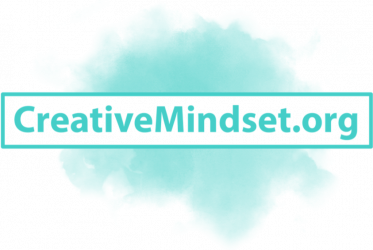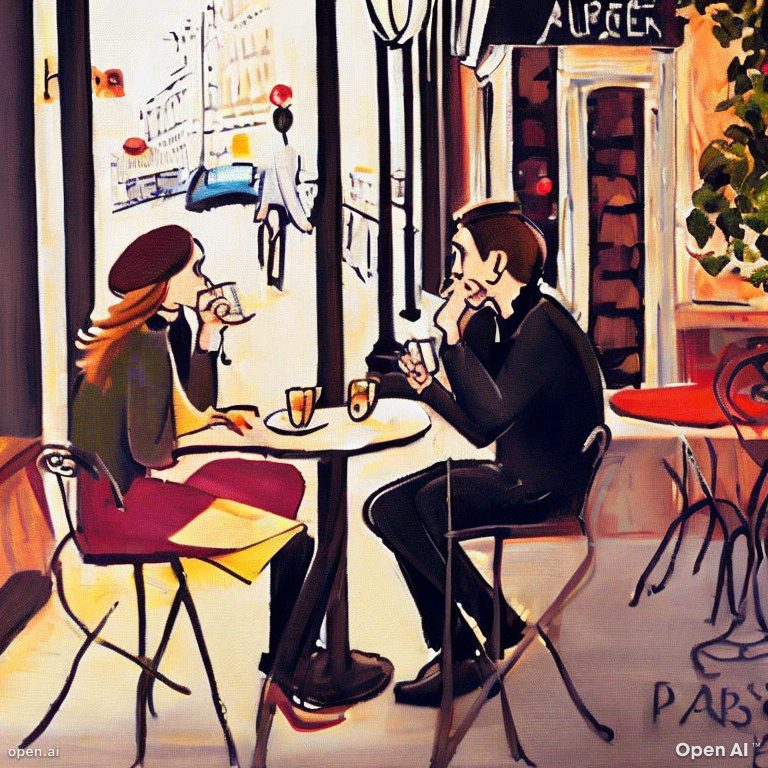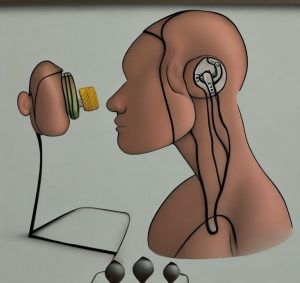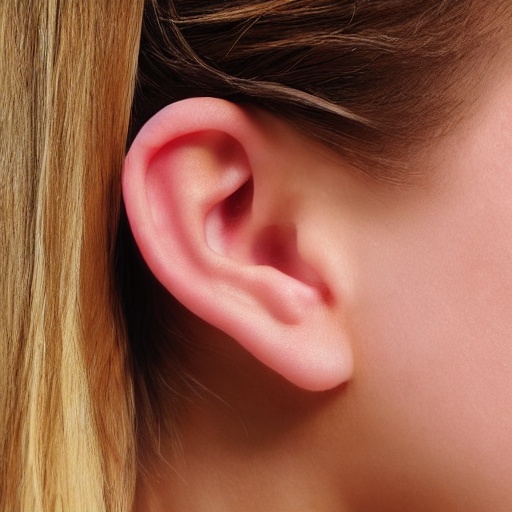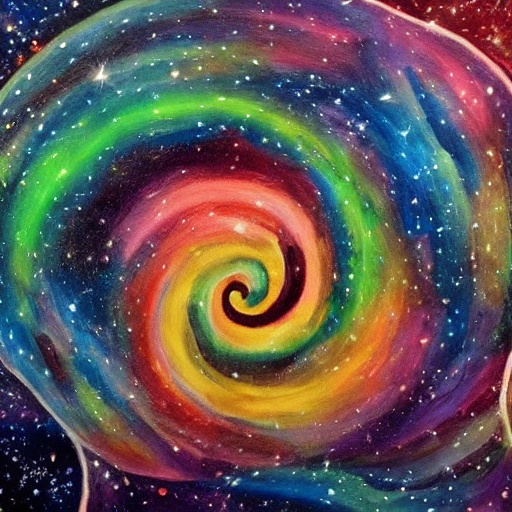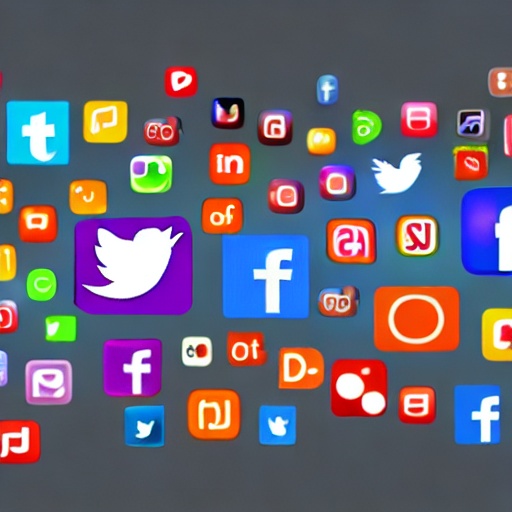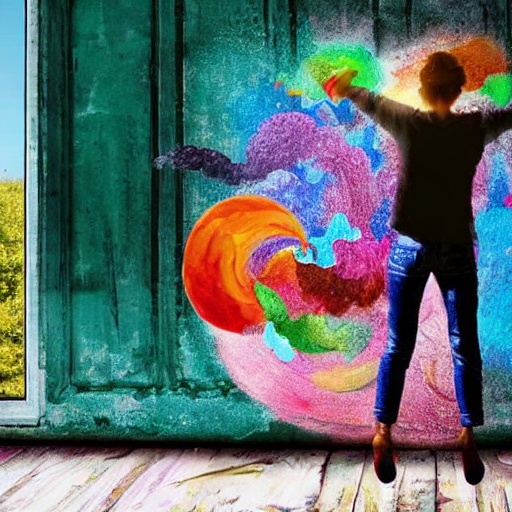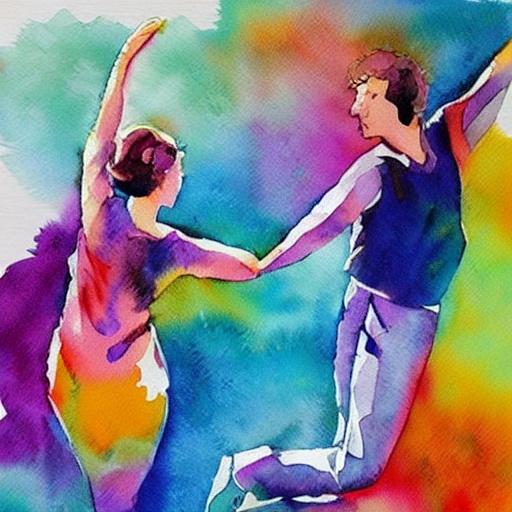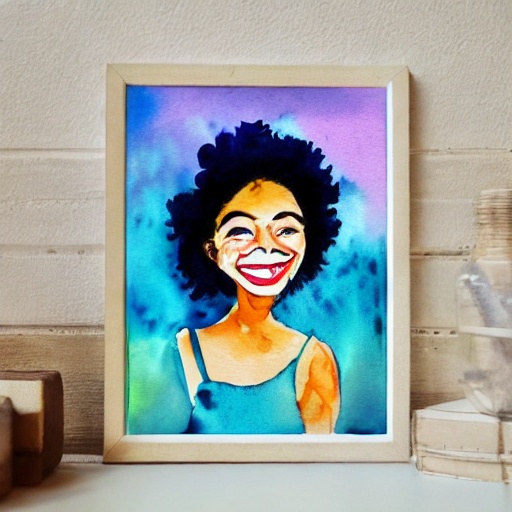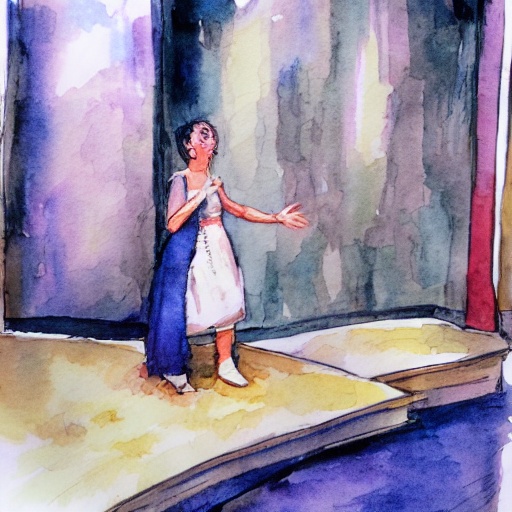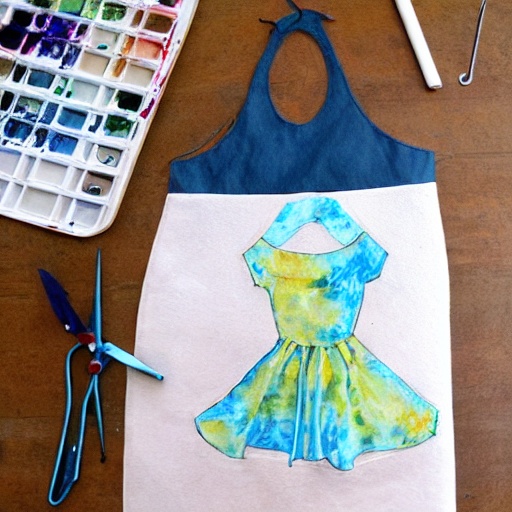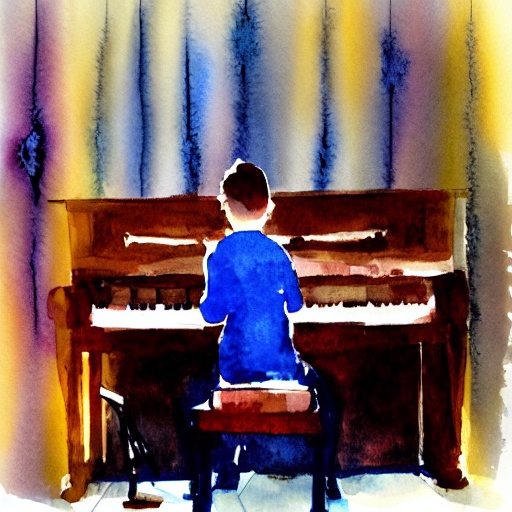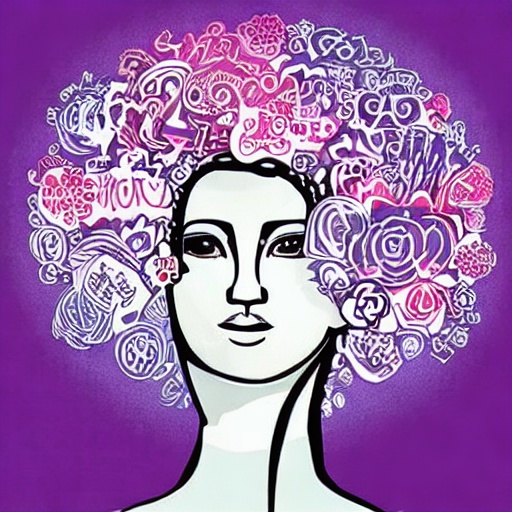
The art of storytelling is as old as human civilization itself. People have long been enthralled by storytelling, as seen in everything from cave art to blockbuster films. What, therefore, constitutes a good story? The story’s telling technique is just as important as the characters or the narrative. Sound is another one of a storyteller’s most effective tools.
Sound has been a fundamental part of storytelling since the beginning of storytelling itself. From oral traditions to radio dramas, sound has played a critical role in creating a connection between the storyteller and the audience. Sound can evoke powerful emotions, transport us to different places and times, and bring stories to life in ways that visuals alone cannot. Research has shown that sound can enhance our emotional responses to stories, making them more engaging and memorable. In fact, a study conducted by the University of Southern California found that adding sound effects to a story increased the participants’ enjoyment and comprehension of the story by 25%. Sound also helps to establish setting and atmosphere, creating a more immersive experience for the audience.
At its core, storytelling is about making a connection with the audience, and sound is one of the most powerful ways to do that. Join us as we explore the art of storytelling through sound and discover how it can enrich our lives and leave a lasting impact on our hearts and minds.
Sound plays a vital role in storytelling.
Have you ever been entirely immersed in a story, only to have your focus shattered by an unexpected sound or silence? Sound can be utilized to connect the audience to the story, bringing them in and keeping them engaged.
Sound has been proved in studies to be an effective technique for grabbing and sustaining attention. The use of sound to convey changes in narrative structure or character perspective boosted participants’ involvement with the story, according to researchers from the University of Helsinki. Storytellers may ensure that their message is heard loud and clear by employing sound to direct the audience’s attention.
Sound Creates Emotional Impact
One of the most powerful aspects of sound in storytelling is its ability to create emotional impact. From the haunting melodies of a horror movie to the soaring crescendos of an epic adventure, sound can elicit a wide range of emotions in the audience. Why? According to a study by the University of Sheffield, our brains process sound and music in a unique way that engages our emotions and memories. Sound can create a direct link to our subconscious, allowing storytellers to bypass our rational defenses and speak directly to our hearts.
Sound Establishes Setting and Atmosphere
Sound can also be used to establish the setting and atmosphere of a story. The sound of rain can evoke a sense of melancholy or contemplation, while the sound of gunfire can create a sense of danger and urgency. By using sound to create a sonic landscape, storytellers can transport their audience to different times and places.
This technique is particularly effective in immersive storytelling experiences, such as virtual reality or audio dramas. In fact, a study by the University of California, San Diego found that using sound to create a realistic and immersive environment drastically increased the participants’ sense of presence and engagement with the story.
Types of Sound Used in Storytelling
Dialogue

Dialogue is one of the most common types of sound used in storytelling. It allows the characters to communicate with each other and with the audience, conveying information, emotions, and motivations. Well-written dialogue can bring characters to life, making them feel like real people rather than just fictional constructs.
But dialogue is not just about what is said, it’s also about how it’s said. Tone, inflection, and pacing can all convey important information about the characters and the story. In fact, a study by the University of Chicago found that the sound of a speaker’s voice can influence the audience’s perception of their trustworthiness and competence.
Clear and effective dialogue is crucial in storytelling. It allows the audience to understand what is happening, who the characters are, and what motivates them. Poorly written or delivered dialogue can confuse and frustrate the audience, detracting from their engagement with the story. A study by the University of Wisconsin found that dialogue that is clear, concise, and engaging is more likely to be remembered by the audience than dialogue that is muddled or uninteresting.
Dialogue is also an essential tool for revealing character and advancing the plot. When characters speak, they reveal not only what they are saying, but also who they are saying it to, how they feel about what they are saying, and what they hope to achieve by saying it. Well-written dialogue can provide insight into a character’s thoughts, emotions, and motivations, helping the audience to understand them better and feel more invested in their journey.
Additionally, dialogue can be used to introduce new information or by changing the course of the story. A study by the University of California found that dialogue that is essential to the plot is more likely to be remembered by the audience than dialogue that is not.
Voice acting is a critical component of effective dialogue in storytelling. A talented voice actor can bring a character to life, imbuing them with personality, nuance, and emotion. They can also enhance the believability of the story, by making the characters feel like real people rather than just actors reading lines.
Voice acting can be so powerful in fact, that it can make or break a performance. In the video game industry, for example, poorly acted or poorly directed dialogue can result in negative reviews and low sales, while exceptional voice acting can lead to critical acclaim and commercial success.
Sound Effects

Sound effects are another important element of sound design in storytelling. They can be used to create a sense of realism and immersion, or to heighten the emotional impact of a scene. The sound of footsteps, for example, can establish the pace and movement of a scene, while the sound of a door slamming can create a sense of tension and danger.
Yet, sound effects can also be used more creatively to create a sense of surrealism or to represent abstract concepts. In the movie Inception, for example, the sound of a slowed-down brass section was used to create a sense of impending doom and anxiety.
Sound effects enhance realism and immersion
Sound effects are another powerful tool in the storyteller’s toolkit. They can enhance realism and immersion by creating a sense of presence and location. For example, the sound of footsteps on a hardwood floor can help the audience visualize a character walking through a house, while the sound of rain can transport them to a stormy night.
In fact, a study by the University of California found that adding sound effects to a story can increase the audience’s engagement and enjoyment, by making the story feel more real and immersive.
Sound effects can also be used to create tension and suspense in storytelling. By using sound to build up to a moment of suspense, the storyteller can make the audience feel on edge and invested in the outcome. For example, the sound of a creaky door opening slowly can create a sense of anticipation and fear, signaling to the audience that something ominous is about to happen.
In a study by the University of Texas, participants reported feeling more suspense and excitement when watching a movie that used sound effects to build tension, compared to a movie that did not.
Sound effects can also help establish the setting and atmosphere of a story. By using sound to create a sense of place, the storyteller can transport the audience to another time, location, or world. For example, the sound of chirping birds and rustling leaves can evoke a sense of tranquility and nature, while the sound of engines and sirens can suggest a bustling cityscape.
A study by the University of Southern California found that adding background sounds to a story can help create a more vivid and immersive experience for the audience.
Music In Storytelling
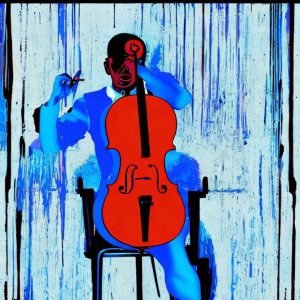
Music is considered the most emotive form of sound used in storytelling. It can be used to create a sense of atmosphere, to evoke specific emotions, or to create a sense of continuity throughout a story. Music can also be used to establish a sense of time and place, with certain genres or instruments evoking specific eras or cultures.
Music can create a sense of emotional resonance. A well-chosen piece of music can bring tears to our eyes or send shivers down our spines. In fact, a study by the University of Groningen found that music can activate the same reward centers in the brain as food and sex, making it a powerful tool for creating emotional engagement with a story.
Studies have shown that music can have a profound effect on mood and emotion. A study conducted by McGill University found that people experienced chills and goosebumps when listening to music that they found emotionally moving.
In storytelling, music can be used to evoke a particular emotion or mood. A slow, mournful melody can convey sadness or grief, and a fast-paced, upbeat tune can create a feeling of excitement or joy.
By selecting music that fits the time period, culture, or location of the story, the storyteller can create a more immersive experience for the audience. For example, the use of traditional Japanese music in a film set in feudal Japan can create a sense of authenticity and transport the audience to that time and place.
By using music to hint at what is to come, the storyteller can create tension and suspense, and keep the audience engaged. The use of ominous music in a horror film can signal that something scary or dangerous is about to happen, creating a sense of anticipation and fear in the audience.
Case Study: The Use of Sound in a Specific Storytelling Medium
Film

In film, sound is an essential element that can significantly impact the audience’s emotions and immersion in the story. One film that effectively uses sound is Steven Spielberg’s “Jurassic Park.” The sound design, created by Gary Rydstrom, is a masterful blend of sound effects and music that creates a sense of awe and wonder in the audience. The sound of the T-Rex roar is a combination of lion, tiger, and alligator sounds, which Rydstrom layered to create a unique and memorable sound that became iconic in the film. The use of John Williams’ score throughout the film heightens the tension and excitement, creating a sense of adventure and danger.
Television

“Stranger Things is a television series where sound plays a crucial role in the storytelling. The series’ sound design, created by Craig Henighan, uses a mix of 80s synth music, eerie sound effects, and a pulsing bass to create a sense of nostalgia, tension, and fear. The show’s opening theme, composed by Kyle Dixon and Michael Stein, uses a haunting melody and a pulsing synth to create a sense of mystery and intrigue, setting the tone for the series. The use of sound effects, such as the sound of the Demogorgon’s roar, adds to the show’s eerie atmosphere, creating a sense of dread and danger.
Video Games

Finally, video games are a medium where sound plays an even more significant role, as it can impact the player’s immersion and sense of agency within the game world. One example of a game that effectively uses sound is “The Last of Us Part II.” The game’s sound design, created by Beau Anthony Jimenez, uses a mix of music, sound effects, and environmental sounds to create a sense of tension, danger, and emotion.
The use of music during intense combat sequences, such as “The Raid” sequence, heightens the player’s adrenaline and sense of urgency, making them feel more invested in the outcome of the fight. Additionally, the use of sound effects, such as the sound of infected clickers or the sound of Ellie’s footsteps in different terrains, creates a sense of immersion and realism that makes the game world feel more alive.
Collaboration

In the world of storytelling, sound designers and editors play a crucial role in crafting a compelling and immersive experience for the audience. They work closely with the director, producers, and other members of the creative team to develop a sonic landscape that enhances the visual narrative.
As sound designer Randy Thom puts it, “Sound is an invisible art, and that makes it a really powerful tool for storytelling. If you use it well, it can add so much to a film or a show or a game without the audience even realizing it.”
Sound designers and editors are responsible for creating and manipulating audio elements that support the storytelling process. This includes selecting and editing sound effects, designing and mixing music, and recording and processing dialogue. They also work closely with the director and the cinematographer to ensure that the audio and visual elements of the production are in sync.
Collaboration is key in the world of sound design, as it is in any creative field. Sound designers and editors must work closely with other members of the creative team, including the director, cinematographer, and production designer, to ensure that the sonic landscape they create complements and enhances the visual narrative.
As director Christopher Nolan has said, “Sound and music are 50% of the entertainment in a movie.” The sound design can make or break a film, TV show, or video game, and it is only through collaboration and a shared vision that the creative team can achieve the desired effect.
More To Come
As technology continues to advance, the potential for sound design in storytelling is only growing. With virtual and augmented reality experiences becoming more common, the use of sound to create immersive environments is becoming even more critical. Advancements in sound editing software are allowing for greater precision and flexibility in the creation of sound effects and music.
One exciting possibility for the future of sound in storytelling is the potential for new forms of storytelling that focus solely on sound. Podcasts and audio dramas are already popular forms of storytelling, but as sound technology continues to improve, we may see entirely new forms emerge. Some artists are experimenting with creating “audio VR” experiences, where the listener is transported to a fully immersive sonic world.
It’s important to remember that sound design is an art form, and like all art forms, it requires continued experimentation and innovation to stay fresh and engaging. As sound designers continue to push the boundaries of what’s possible, we can expect to see even more exciting and innovative uses of sound in storytelling.

